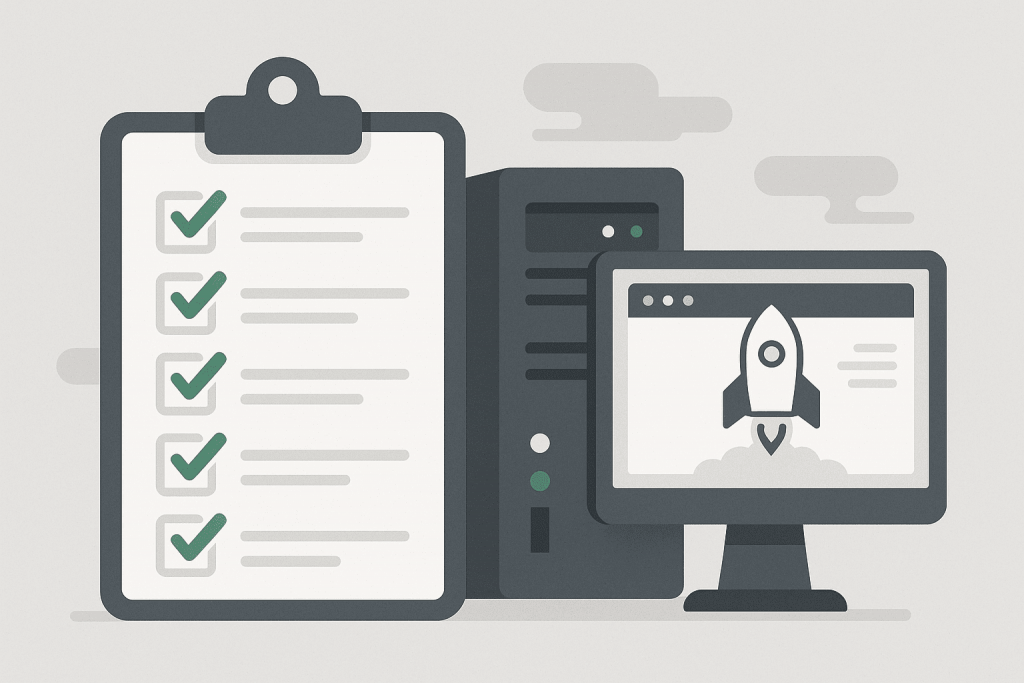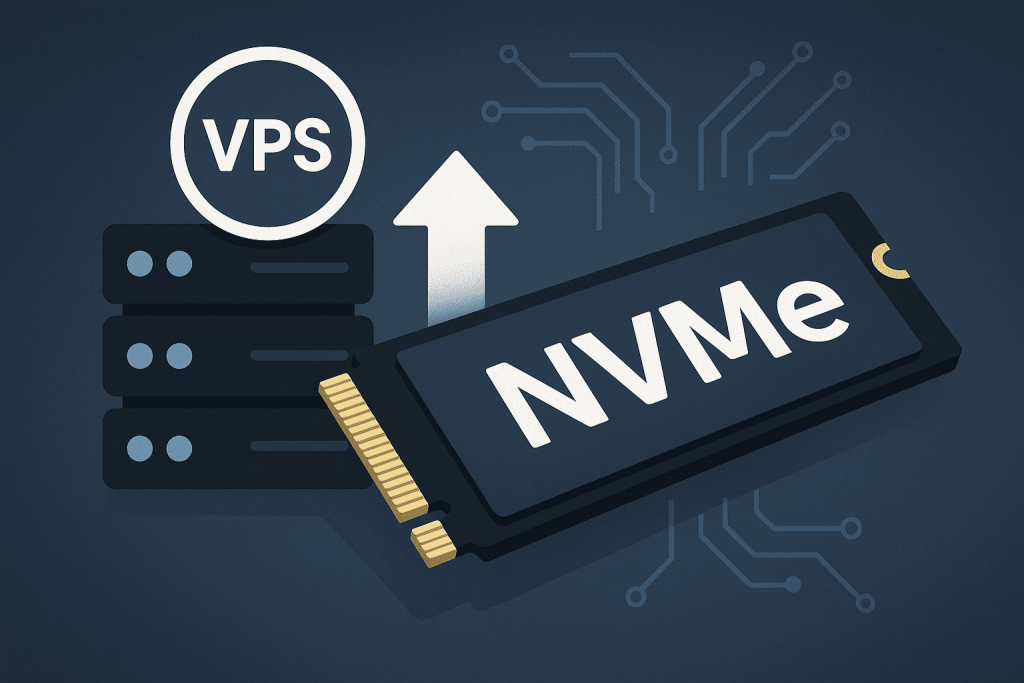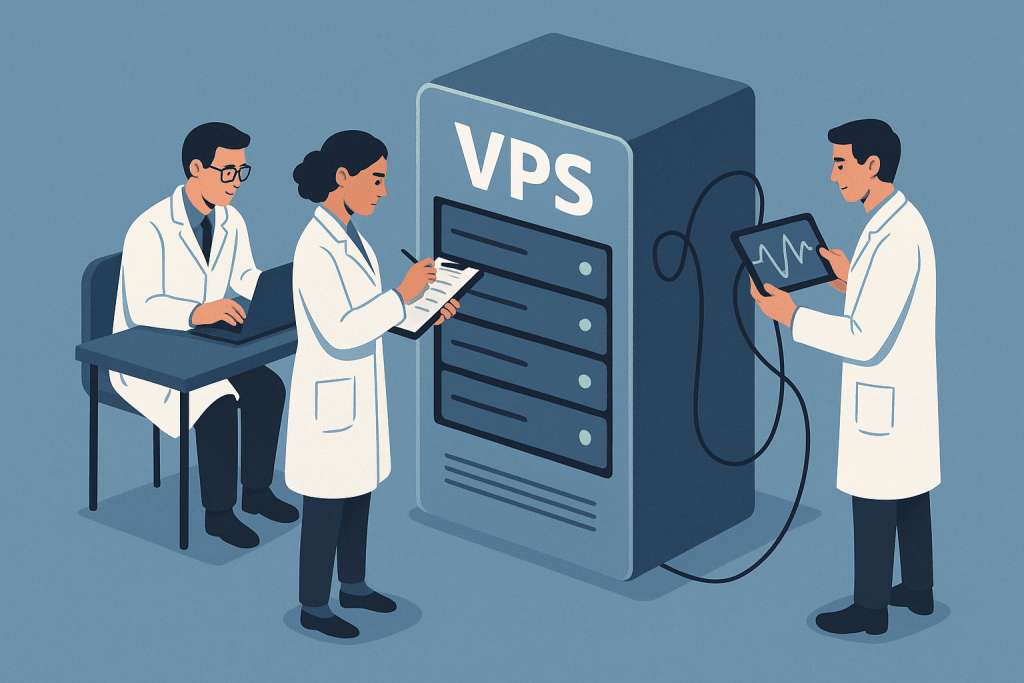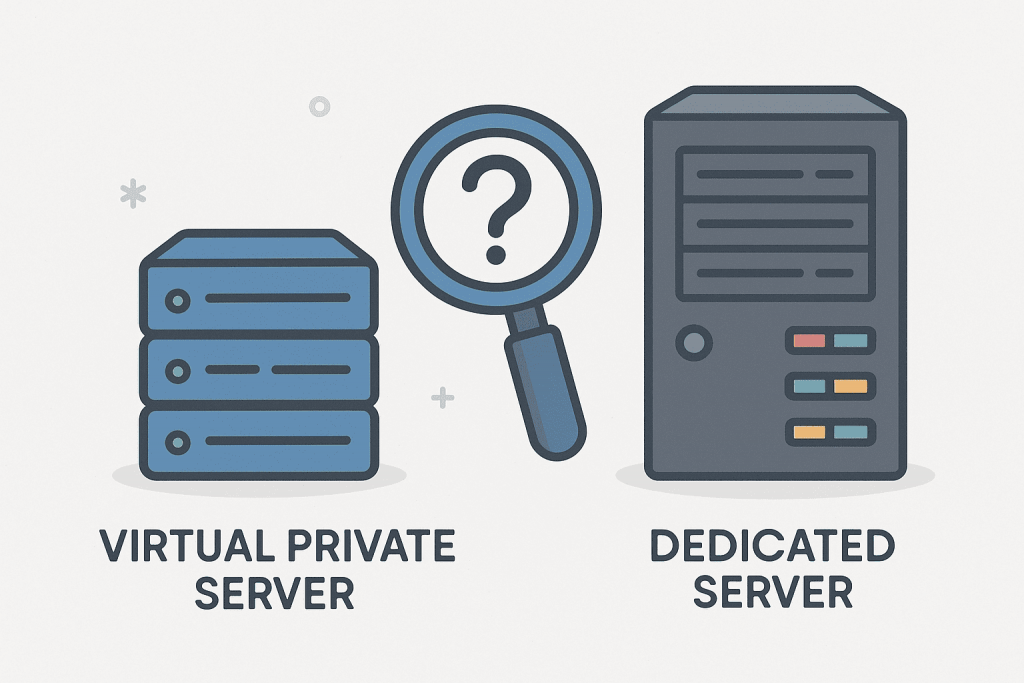
Not so long ago, to launch a website or an online service, it was necessary to rent or purchase a whole physical server. This is expensive, difficult to administer, and comes with excessive capacity that often remains unused. The situation changed with the appearance of virtualization — a technology that allows creating several independent virtual servers on a single physical server. Each of them operates as if it has its own processor, memory, disk space, and operating system. The key element of this process is the hypervisor. It acts as a “conductor” that controls the distribution of resources and ensures the stable operation of each VPS.








